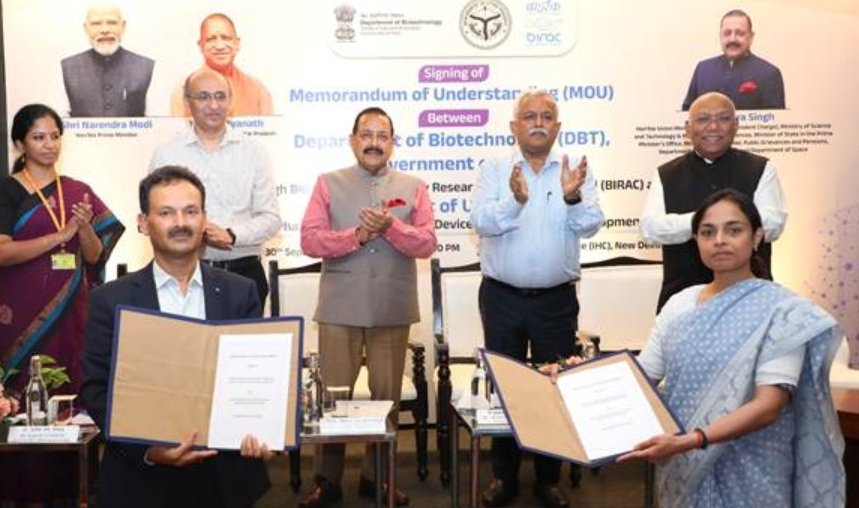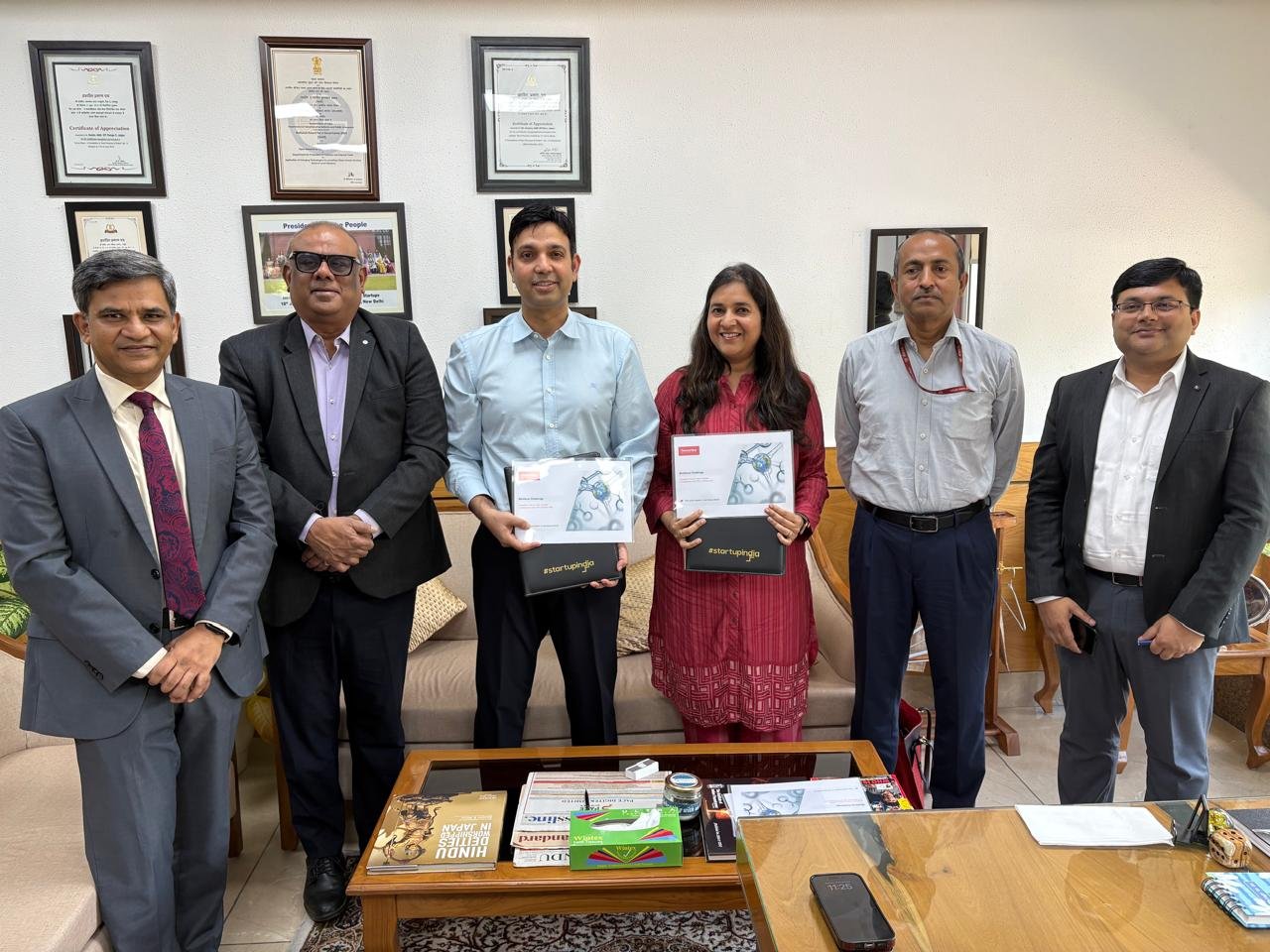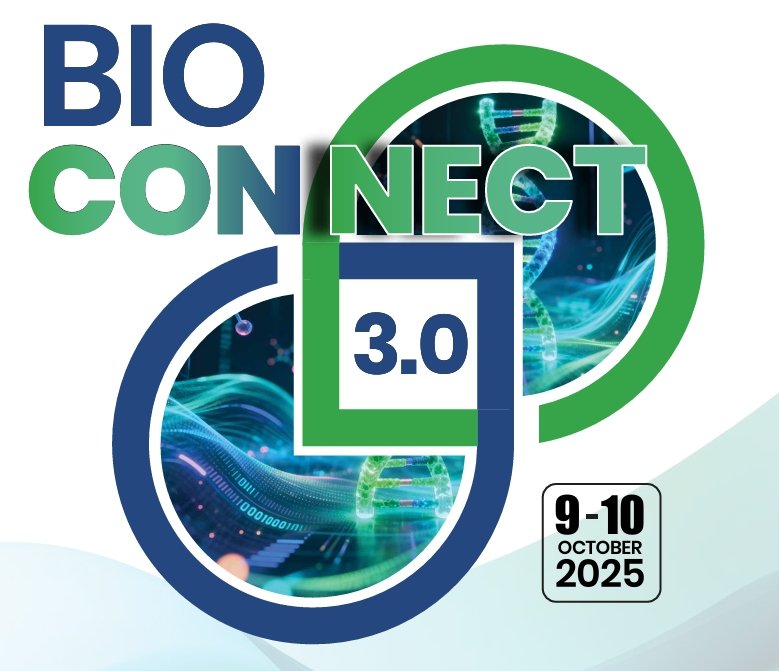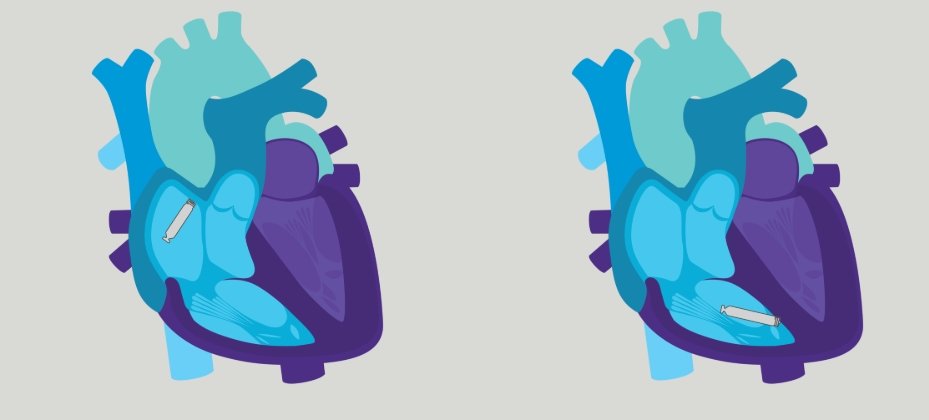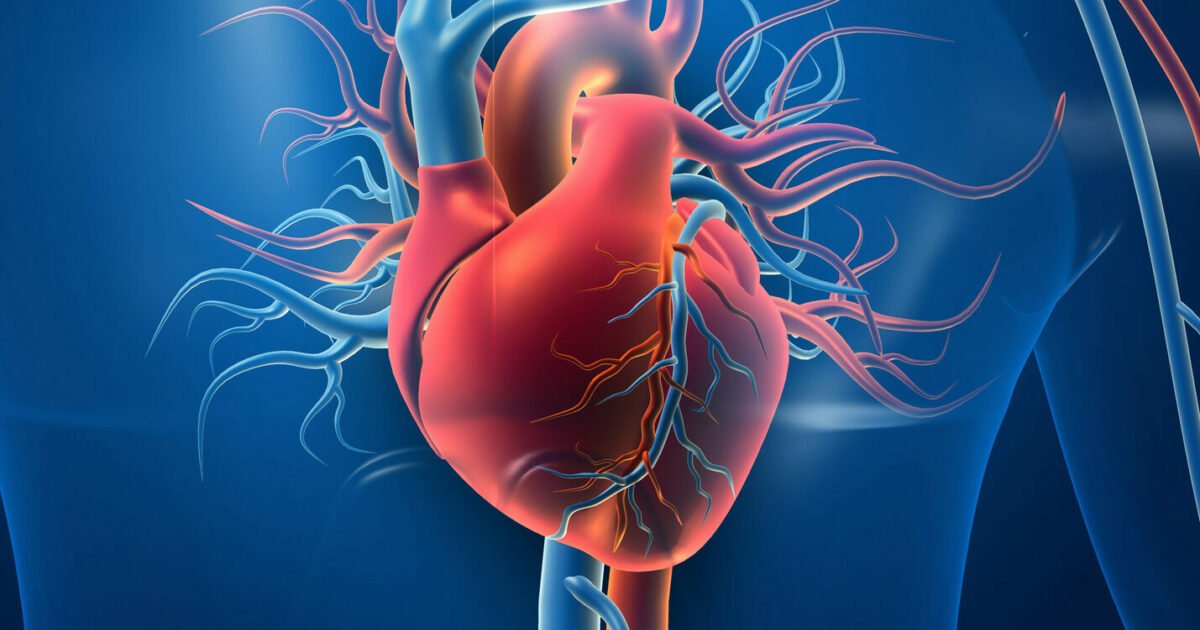“CDMOs in India are always looking for an edge to improve development and manufacturing processes while also lowering costs”
July 04, 2023 | Tuesday | Views
In February, Waters Corporation, a global leader in analytical instruments and software, entered into an agreement to acquire Wyatt Technology, a pioneer in innovative light scattering and field-flow fractionation instruments, software, accessories and services, for $1.36 billion in cash. BioSpectrum spoke with Dr Udit Batra, President and CEO, Waters Corporation about the acquisition and how the company will expand the product portfolio of Wyatt Technology in the Indian market.
What prompted Waters to go in for this acquisition?
There are many reasons, but three stand out. Chief among them is a common mission that we share to help lower the costs and increase access to biotherapies. Biologics, including cell and gene therapies, can dramatically change the quality of life for a significant percentage of the population and there is considerable demand for developing these drugs. But the astronomical costs of delivering these therapies are a major barrier to adoption.
Wyatt’s innovative products are used to determine the properties of novel therapeutics such as cell and gene therapies, vaccines and proteins, as well as synthetic polymers and nanoparticles. This is complementary to the work we already do in the large molecule separation and characterisation space. We believe that combining our capabilities with Wyatt’s, a company with robust exposure to bioanalytical characterisation, can help our customers to lower the costs of biologic drug development and manufacturing. That, in turn, can help increase patient access and affordability of these life-changing therapies.
Second, bioanalytical characterisation for new modalities is a significant market opportunity, with a $1.8 billion total addressable market and 10-12 per cent projected annual growth. With our joint efforts, we are well-positioned to build a high-growth bioanalytical characterisation business.
Finally, this acquisition adds significant value for our shareholders. Wyatt is immediately accretive to Waters’ revenue growth and margin profile. But it is more than the profit for us - the long-term potential to help our biopharma customers develop and bring to market life-saving therapies at a lower cost is solving a problem that truly matters.
How would you describe the benefits of Wyatt’s light scattering technologies?
Wyatt's scientists were the first to commercialise online multi-angle laser light scattering instruments over 40 years ago and have been consistently defining and redefining state-of-the-art macromolecular characterisation instrumentation, software, and services.
Bioanalytical characterisation encompasses both the chemical and physical makeup of molecules. At Waters, we have the technology and capabilities to understand chemistry, but we are missing the ability to fully characterise the physical characteristics of large molecules. This is the true value of Wyatt’s light scattering technologies – they allow us to examine the size, aggregation level and interactions amongst larger species. This will enable us to solve critical challenges associated with manufacturing high-quality biological, and cell and gene therapies, ultimately helping biopharma customers to drive consistency in manufacturing and reducing costs.
Also, over the years, Wyatt has introduced several complementary technologies, including well-plate-based dynamic light scattering and field-flow fractionation for separating nanoparticles. These innovative product offerings are used across the value chain in discovery, product development, manufacturing, and QA/QC settings. Scientists use these instruments to determine the critical quality attributes of cell and gene therapies, vaccines, and proteins. These products are also useful to our materials customers for characterising synthetic polymers and nanoparticles.
What is the added benefit for scientists in using light scattering for applications in which LC-MS or LC-UV is also used?
Wyatt detectors will provide orthogonal measurements for our portfolio to support stronger identification and aggregation—which are two critical quality attributes for all biopharmaceuticals. Measuring orthogonally offers a unique, and meaningful edge to the data and helps address the bias that could exist from only using one instrument in testing.
By expanding our analytical capabilities beyond what LC-MS can provide alone, Wyatt brings new expertise and stronger data to novel modality applications which will help improve our ability to solve customer problems more quickly and efficiently.
What are the technical challenges for characterising cell and gene therapies that light scattering and field-flow fractionation technologies are well-suited for?
A major challenge in characterisation is size, and it is also an underappreciated measurement in gene therapy. Take mRNA therapies, for example, one of the biggest breakthroughs was its delivery by lipid nanoparticles (LNP) and there is only one specific size and charge of the LNP that is effective. Light scattering and electrophoretic light scattering are the ideal technologies to uncover these findings and lead to such breakthroughs.
Light scattering provides scientists with critical quality attributes like identification and efficacy for viral vector-based gene therapy. It can quantify the molecular weight and size for identification and whether a gene has its genetic payload (empty or full) for efficacy.
Field flow fractionation, an alternative separation technique for purity and impurity measurement, is ideal for large complex molecules like some selected viral vectors and LNPs that are prone to shearing (or changing shape) under traditional separation. As the size of biologic therapies grows to sizes of up to one micron, this is becoming a high-growth area of science, and Wyatt’s field flow fractionation can help.
How does Waters intend to bring Wyatt’s products into the local market?
We know that premier institutions in India are using Wyatt light scattering technology in their laboratories. For example, hepatitis A virus studies from IIT-Delhi and structural protein work from The National Centre for Cell Science in Pune and IIT-Delhi.
We see strong opportunities with the combination of the Waters-Wyatt portfolio, and we have a strong direct and distributor presence in India. Given the concentration of Contract Development and Manufacturing Organisations (CDMOs) in India, these organisations are always looking for an edge to improve development and manufacturing processes while also lowering costs. This need will be especially acute as the drug pipeline opens up for novel modalities such as AAVs and mRNA. If a CDMO can establish itself as highly efficient, highly precise and delivered at a lower cost for large molecules and novel modalities, it will stand out among so many others.
The biotechnology market in India has grown 14 per cent in the last year to more than $80 billion. This bodes well for Waters and for being able to bring Wyatt’s light scattering technologies to an even broader set of customers.
Are companies in India today using Wyatt’s products? If not, what could these technologies bring to both pharmaceutical and materials companies?
From what we see today, Wyatt’s products are mainly used within academia in India. But as I mentioned, there is a great opportunity for Waters and Wyatt to complement one another, especially knowing that Wyatt detectors can be easily attached to Waters’ liquid chromatography instruments.
By integrating the technology into laboratories where Waters is already established, we expect to increase the prevalence of Wyatt in India. Specifically, we see the introduction of more Wyatt detectors in pharmaceutical laboratories to provide an additional intact measurement of biologics such as mAbs and AAVs.
What’s the opportunity in India for Waters to bring LC and Multi-angle Light Scattering instruments to CDMOs? What kind of benefit would this bring to CDMOs?
Wyatt’s technology is used to ensure that the development and manufacturing of drugs and biologics is safe and efficacious, meaning there is a significant opportunity for LC and multi-angle light scattering instruments to be used in CDMOs across India.
Developing a successful drug requires comprehensive biochemical and biophysical characterisation, and small manufacturing differences could impact the structure and, therefore, the function of therapy. The biophysical characterisation and higher order structure, which is directly related to the function of the molecule, can be obtained from light scattering analysis. Thus, Wyatt’s light scattering technology can aid in biophysical characterisation, and help CDMOs manage the quality of the drugs they develop and manufacture from R&D all the way through QA/QC.
Narayan Kulkarni
(narayan.kulkarni@mmactiv.com)



